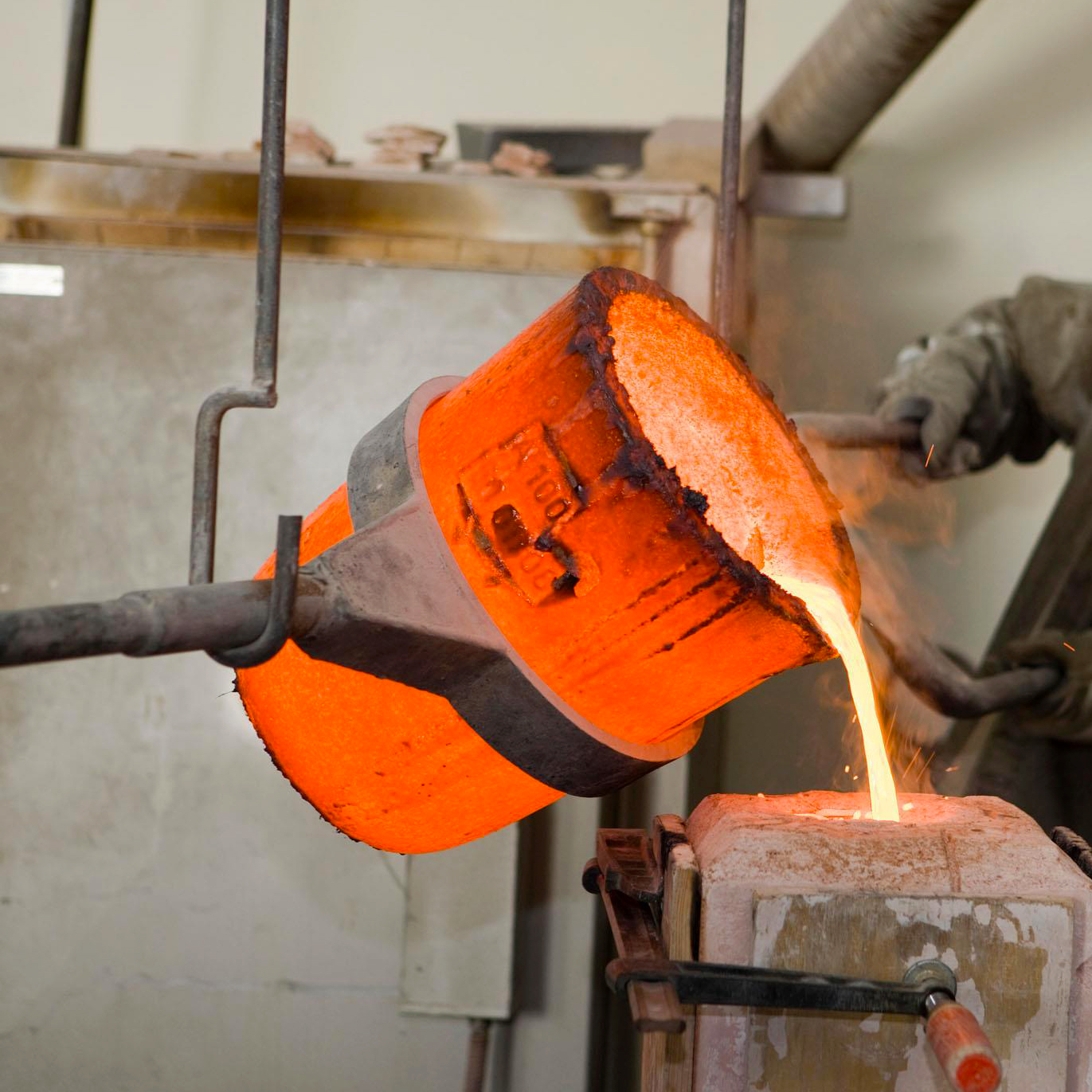Casting is a method of pouring liquid metal into a mold to cool and solidify to form parts, also known as liquid metal forming. Among various casting methods, sand casting, which uses molding sand to prepare molds, has almost no restrictions on the shape, size, weight, alloy type, and production batch of castings, and is the most widely used. However, with the development of science and technology, the precision requirements of casting products are higher, and the performance requirements of castings are better. To meet these requirements, foundry workers have invented many new casting methods, which are collectively referred to as special casting methods.
Commonly used special casting methods include investment casting, plaster casting, ceramic casting, lost foam casting, metal casting, pressure casting, low pressure casting, differential pressure casting, vacuum suction casting, adjustable pressure casting, squeeze casting, centrifugal casting , Continuous casting, V method casting, graphite casting, shell casting, electroslag casting, etc. Special casting methods have been increasingly widely used. Some of them are advanced technologies with near-net formation and have developed extremely fast in recent years.
At the same time, with the development of science and technology, new special casting methods are still emerging. For example, the rapid casting that appeared at the end of the 20th century is a combination of rapid prototyping technology and casting. The rapid prototyping technology is a high-tech integration of computer technology, CAD, CAE, high energy beam technology, droplet technology and material science. Rapid casting enables castings to be produced very quickly, which improves the ability of casting companies to respond quickly to the market. In the future, new special casting methods will continue to emerge.
Advantages of special casting
In summary, special casting has the following advantages:
1) The casting size is accurate, the surface roughness value is low, and it is closer to the final size of the part, so that it is easy to achieve less or no chip processing.
2) The casting has good internal quality and high mechanical properties, so the wall thickness of the casting can be reduced.
3) Reduce metal consumption and casting scrap rate.
4) Simplify the casting production process (except investment casting) to facilitate the mechanization and automation of the production process.
5) Improve working conditions and increase labor productivity.
Due to the above advantages, special casting methods are increasingly widely used. Some of these methods are advanced processes that are near net shape. However, each special casting method also has some shortcomings, and its application range also has certain limitations.

 русский
русский



